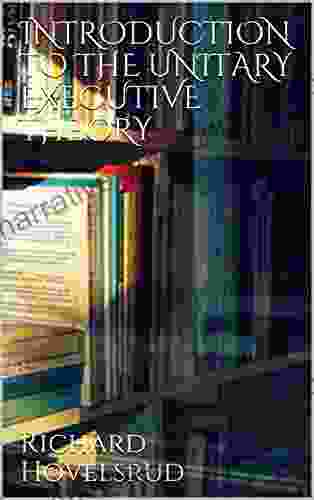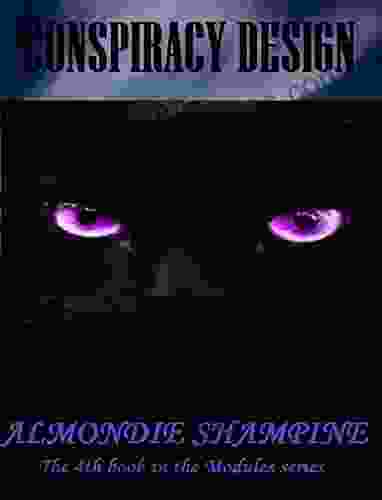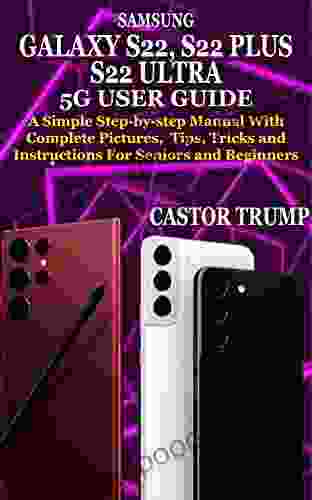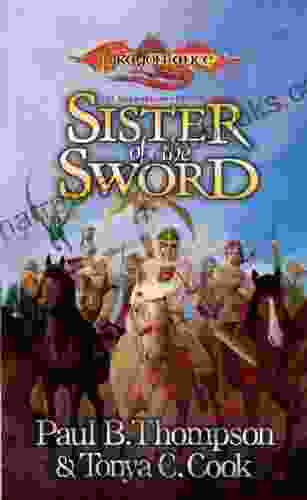Introduction to the Unitary Executive Theory: Unraveling the Powers of the Presidency

Historical Roots and Constitutional Underpinnings
The concept of a unitary executive has its origins in the writings of political philosopher Jean Bodin in the 16th century. Bodin argued that the power of the sovereign should be indivisible and concentrated in the hands of a single individual. This idea resonated with the Framers of the U.S. Constitution, who sought to establish a strong executive branch capable of acting decisively in times of emergency.
4.7 out of 5
| Language | : | English |
| File size | : | 1453 KB |
| Text-to-Speech | : | Enabled |
| Screen Reader | : | Supported |
| Enhanced typesetting | : | Enabled |
| Print length | : | 9 pages |
| Lending | : | Enabled |
The Constitution grants the President broad powers, including the authority to execute laws, conduct foreign policy, and command the armed forces. However, it also seeks to balance these powers with a system of checks and balances designed to prevent the concentration of excessive authority in any one branch of government.
Evolution of the Theory
The Unitary Executive Theory has evolved significantly over time, particularly in response to specific events and Supreme Court decisions. The theory gained prominence during the 19th century, as Presidents such as Abraham Lincoln and Woodrow Wilson expanded federal power in response to national crises.
In the 1950s, the Supreme Court ruled in Youngstown Sheet & Tube Co. v. Sawyer that the President did not have inherent power to seize private property during a labor dispute. This decision tempered the Unitary Executive Theory and emphasized the importance of congressional authorization for significant executive actions.
Key Arguments and Principles
Proponents of the Unitary Executive Theory argue that it is essential to preserve the separation of powers and ensure the effective functioning of the government. They maintain that:
* Single Source of Authority: The President is the sole authority responsible for executing laws and directing the executive branch. * Hierarchy of Command: All executive officials, including cabinet members and agency heads, are subordinate to the President and must follow his Free Downloads. * Inherent Powers: The President possesses certain inherent powers, such as the authority to direct foreign policy and protect the national security, that are not explicitly enumerated in the Constitution.
Contemporary Debates and Controversies
The Unitary Executive Theory has been the subject of intense debate in recent years, particularly in the context of the ongoing War on Terror. Some argue that the theory has been used to expand presidential power beyond constitutional limits and erode the checks and balances designed to prevent the abuse of authority.
For example, critics contend that the Bush Administration's use of the Unitary Executive Theory to justify the use of enhanced interrogation techniques and the establishment of military tribunals without congressional oversight was a violation of the rule of law.
Balancing Executive Power and Constitutional Principles
The Unitary Executive Theory is a complex and controversial concept that has shaped the balance of power between the executive and legislative branches of government throughout American history. It raises important questions about the proper role of the President and the limits of executive authority.
As we navigate the challenges of a rapidly changing world, it is essential to understand the principles and implications of the Unitary Executive Theory and to ensure that the balance of power between the branches of government remains in place. This will enable us to preserve the integrity of our constitutional system and the liberties it protects.
The Unitary Executive Theory is a foundational concept in American constitutional law that continues to shape contemporary debates about the role of the President and the balance of power between the branches of government. By delving into the historical evolution, key arguments, and ongoing controversies surrounding this theory, we gain a deeper understanding of the delicate interplay between executive authority and the principles of separation of powers. It is through this ongoing examination and dialogue that we can ensure that the Unitary Executive Theory remains a source of strength for our nation while preserving the fundamental principles of constitutional government.
4.7 out of 5
| Language | : | English |
| File size | : | 1453 KB |
| Text-to-Speech | : | Enabled |
| Screen Reader | : | Supported |
| Enhanced typesetting | : | Enabled |
| Print length | : | 9 pages |
| Lending | : | Enabled |
Do you want to contribute by writing guest posts on this blog?
Please contact us and send us a resume of previous articles that you have written.
 Book
Book Novel
Novel Page
Page Chapter
Chapter Text
Text Story
Story Genre
Genre Reader
Reader Library
Library Paperback
Paperback E-book
E-book Magazine
Magazine Newspaper
Newspaper Paragraph
Paragraph Sentence
Sentence Bookmark
Bookmark Shelf
Shelf Glossary
Glossary Bibliography
Bibliography Foreword
Foreword Preface
Preface Synopsis
Synopsis Annotation
Annotation Footnote
Footnote Manuscript
Manuscript Scroll
Scroll Codex
Codex Tome
Tome Bestseller
Bestseller Classics
Classics Library card
Library card Narrative
Narrative Biography
Biography Autobiography
Autobiography Memoir
Memoir Reference
Reference Encyclopedia
Encyclopedia Helen J Williams
Helen J Williams Edmund Nequatewa
Edmund Nequatewa John Quinterno
John Quinterno Miguel Lopez
Miguel Lopez Guy B Adams
Guy B Adams Diane Serviss
Diane Serviss Thomas E Rudolph
Thomas E Rudolph Daniel Bukszpan
Daniel Bukszpan James Paul Gee
James Paul Gee Alon Oscar Deutsch
Alon Oscar Deutsch Kathryn Schulz
Kathryn Schulz Ronnell Beaty
Ronnell Beaty Daniel Aston
Daniel Aston William Styron
William Styron Reinhard Bendix
Reinhard Bendix Janice Erlbaum
Janice Erlbaum Altaci Pantoja
Altaci Pantoja Chris Paton
Chris Paton Paz Oshran
Paz Oshran Lucy Langton
Lucy Langton
Light bulbAdvertise smarter! Our strategic ad space ensures maximum exposure. Reserve your spot today!
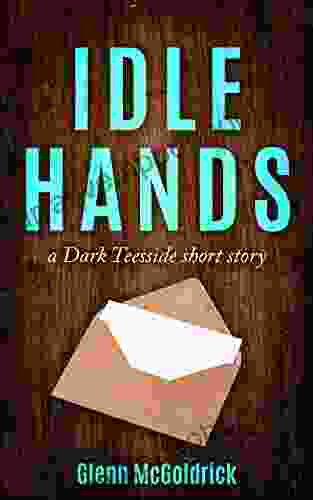
 Jaylen MitchellEnter the Shadows of Dark Teesside: An Exclusive Look Inside Idle Hands'...
Jaylen MitchellEnter the Shadows of Dark Teesside: An Exclusive Look Inside Idle Hands'... Henry David ThoreauFollow ·11.6k
Henry David ThoreauFollow ·11.6k Evan SimmonsFollow ·4.5k
Evan SimmonsFollow ·4.5k Sam CarterFollow ·5.5k
Sam CarterFollow ·5.5k Samuel WardFollow ·19.2k
Samuel WardFollow ·19.2k Melvin BlairFollow ·16.7k
Melvin BlairFollow ·16.7k Glenn HayesFollow ·6.1k
Glenn HayesFollow ·6.1k Ivan TurgenevFollow ·5.6k
Ivan TurgenevFollow ·5.6k Bo CoxFollow ·5.5k
Bo CoxFollow ·5.5k
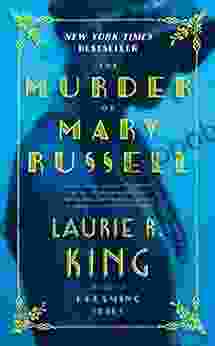
 F. Scott Fitzgerald
F. Scott FitzgeraldUnravel the Enigmatic Murder of Mary Russell: A...
Prologue: A Grisly Discovery In the...

 Connor Mitchell
Connor MitchellLittle Quilts: Gifts from Jelly Roll Scraps
Embrace the Art...
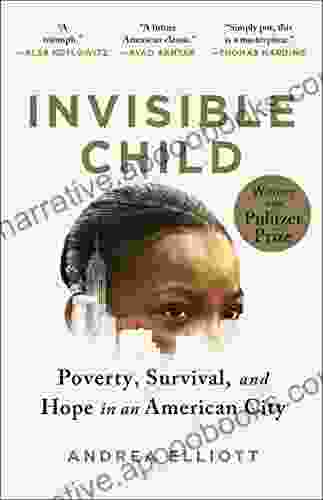
 Harold Powell
Harold PowellPoverty Survival Hope In An American City: A Pulitzer...
A testament to the resilience of the human...

 Ray Blair
Ray BlairConfronting Global Warming: Population, Resources, and...
Global warming is one of the most pressing...

 Gary Cox
Gary CoxStyle Your Most Authentic Self and Cultivate a Mindful...
Unlock Your True...

 Caleb Long
Caleb LongEmbark on a Colorful Patchwork Adventure: Discover 20 To...
Step into the captivating world of...
4.7 out of 5
| Language | : | English |
| File size | : | 1453 KB |
| Text-to-Speech | : | Enabled |
| Screen Reader | : | Supported |
| Enhanced typesetting | : | Enabled |
| Print length | : | 9 pages |
| Lending | : | Enabled |


